In the quest for sustainable urban transportation, New Zealand stands poised to lead the charge. With a robust commitment to reducing carbon emissions and innovative policies supporting green initiatives, the country is setting a benchmark in transforming urban mobility. But what does this transformation entail, and how can it serve as a model for other nations?
🚀 Expert Opinion & Thought Leadership: Pioneering a Green Future
New Zealand's dedication to sustainable transportation is evident in its ambitious goals. The government aims to achieve a net-zero carbon economy by 2050, as outlined in the Climate Change Response (Zero Carbon) Amendment Act. This legislative framework not only mandates emissions reductions but also encourages the adoption of electric vehicles (EVs) and the development of efficient public transport systems.
According to a recent report by Stats NZ, the transport sector contributes approximately 20% of the nation’s greenhouse gas emissions. Hence, transitioning to sustainable transport options is pivotal. New Zealand's approach is multifaceted, focusing on enhancing public transportation, promoting cycling and walking, and incentivizing EVs. This comprehensive strategy underscores the nation's commitment to sustainable urban mobility.
🔍 How It Works: Deep Dive into Sustainable Urban Transport
The backbone of New Zealand's sustainable transportation initiative is its comprehensive public transport system. Cities like Auckland and Wellington have invested heavily in upgrading their bus and train services. The introduction of electric buses and the electrification of rail networks are significant steps towards reducing urban pollution.
Moreover, New Zealand is encouraging the adoption of EVs through initiatives like the Clean Car Discount, which offers rebates for purchasing low-emission vehicles. This has led to a 40% increase in EV registrations in 2023 alone, as reported by the Ministry of Business, Innovation and Employment (MBIE).
🔍 Real-World Case Study: Auckland’s Transport Transformation
Case Study: Auckland Transport – Reducing Urban Congestion
Problem: Auckland, New Zealand's largest city, faced significant challenges with urban congestion and pollution. The city's reliance on private vehicles contributed to high levels of greenhouse gas emissions and traffic congestion.
Action: To combat these issues, Auckland Transport implemented a multi-pronged strategy focusing on public transport enhancements and promoting active transport. This included increasing the frequency of bus and train services, developing dedicated cycle lanes, and launching a bike-sharing program.
Result: After two years, Auckland Transport saw remarkable improvements: ✅ Public transport usage increased by 25% ✅ Traffic congestion reduced by 15% ✅ Cycling trips rose by 30%
Takeaway: Auckland’s success highlights the effectiveness of integrated transport solutions. Kiwi cities can replicate this model to enhance urban mobility and reduce their carbon footprint. As urban centers grow, sustainable transport will be crucial for maintaining livability and environmental health.
🔍 Pros vs. Cons: Navigating the Sustainable Transport Landscape
Pros:
- Environmental Impact: Reduced emissions contribute to cleaner air and a healthier environment.
- Cost Savings: Lower fuel costs and maintenance expenses for EVs.
- Enhanced Public Health: Encouraging cycling and walking promotes physical activity.
- Economic Growth: Green technology investments create jobs and boost the economy.
- Resilience: Diversified transport systems are less vulnerable to disruptions.
Cons:
- Initial Investment: High upfront costs for infrastructure development.
- Range Anxiety: Limited EV charging infrastructure can deter adoption.
- Behavioral Change: Shifting public habits from private car use to public transport takes time.
- Technological Challenges: Rapid technological advancements require ongoing updates and investments.
- Equity Concerns: Ensuring accessibility of sustainable transport options across all socio-economic groups.
🔍 Common Myths & Mistakes in Sustainable Urban Transport
Myth: "Electric vehicles are too expensive for widespread adoption." Reality: The Clean Car Discount and declining battery costs make EVs increasingly affordable. By 2025, EVs are projected to reach price parity with traditional vehicles, according to the International Energy Agency.
Myth: "Public transport investments are not economically viable." Reality: Every dollar invested in public transport generates approximately four dollars in economic returns through reduced congestion and improved productivity (Source: Infrastructure New Zealand).
Myth: "Sustainable transport solutions are only for urban areas." Reality: Rural regions benefit from sustainable transport through initiatives like community ride-sharing programs and regional EV charging networks, enhancing connectivity and reducing isolation.
🔮 Future Trends & Predictions in New Zealand’s Transport Sector
By 2030, New Zealand is expected to witness a significant shift towards autonomous electric vehicles, driven by advancements in AI and machine learning. This transition will not only reduce emissions but also enhance road safety and efficiency. The government’s investment in smart infrastructure will further support this evolution, making New Zealand a global leader in sustainable urban transportation.
🔹 People Also Ask (FAQ)
How does sustainable transport impact New Zealand's economy? Sustainable transport boosts New Zealand’s economy by reducing congestion costs, improving productivity, and creating green jobs, as shown by a 2023 MBIE report.
What are the biggest misconceptions about sustainable transport? A common myth is that sustainable transport is costly. However, studies show long-term savings through reduced fuel and maintenance costs.
Who benefits the most from sustainable urban transportation? Urban residents, local businesses, and the environment benefit significantly, leading to enhanced quality of life and economic growth.
🔹 Conclusion & Call to Action
New Zealand's commitment to sustainable urban transportation is setting a global standard. By integrating innovative policies and technology, the country is not only reducing emissions but also enhancing urban life quality. Are you ready to embrace this green transformation? Share your thoughts and explore how you can contribute to a sustainable future!
🔍 Related Search Queries
- Sustainable transport solutions in New Zealand
- Electric vehicles in New Zealand 2023
- Impact of public transport on emissions
- Future of urban mobility in New Zealand
- Smart cities and sustainable transport






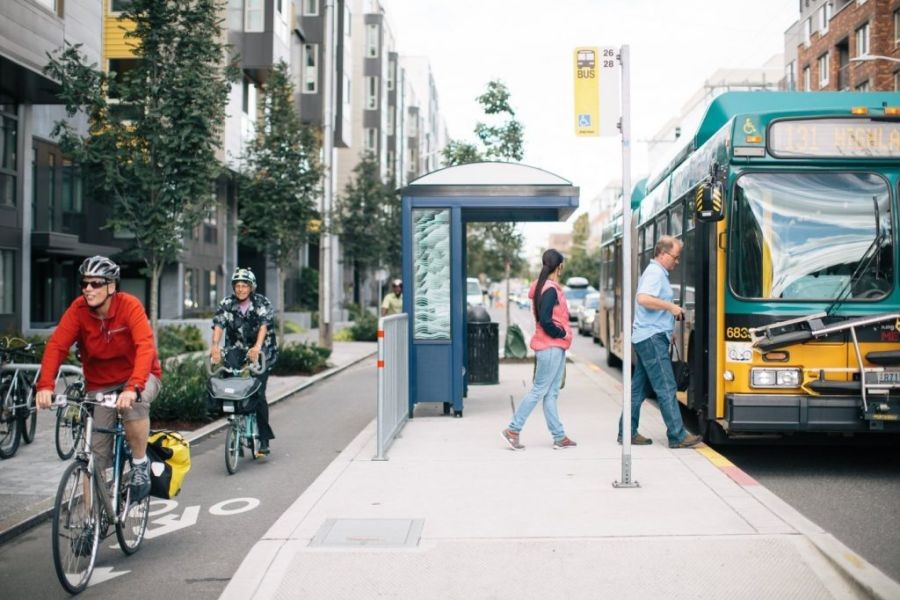

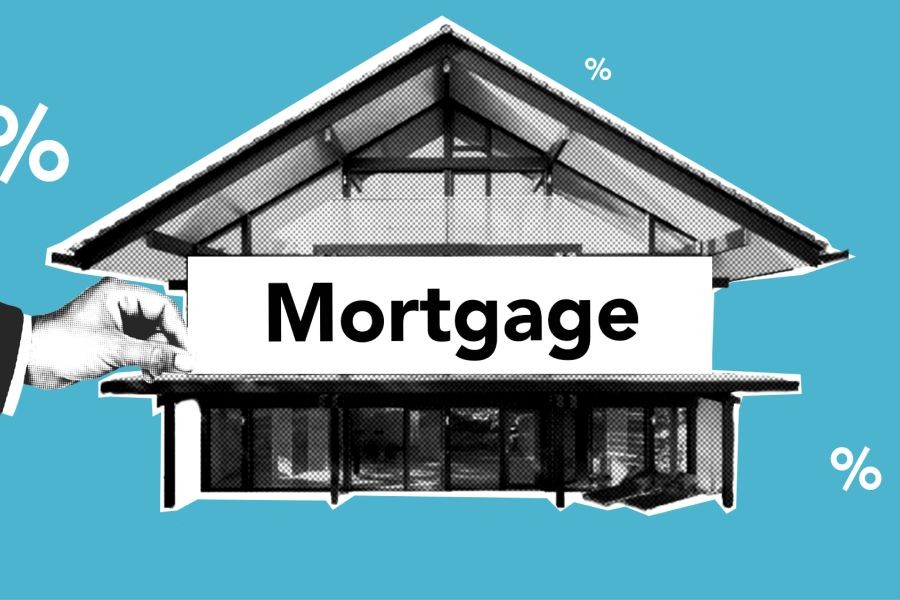






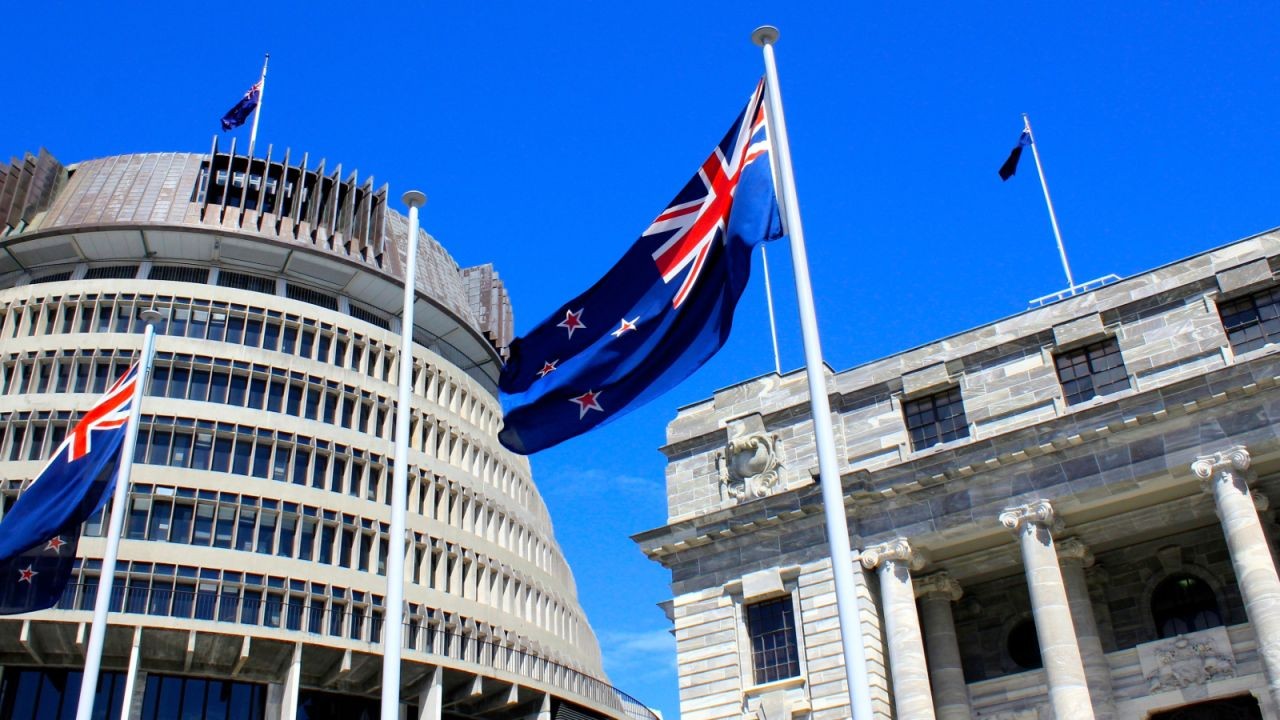










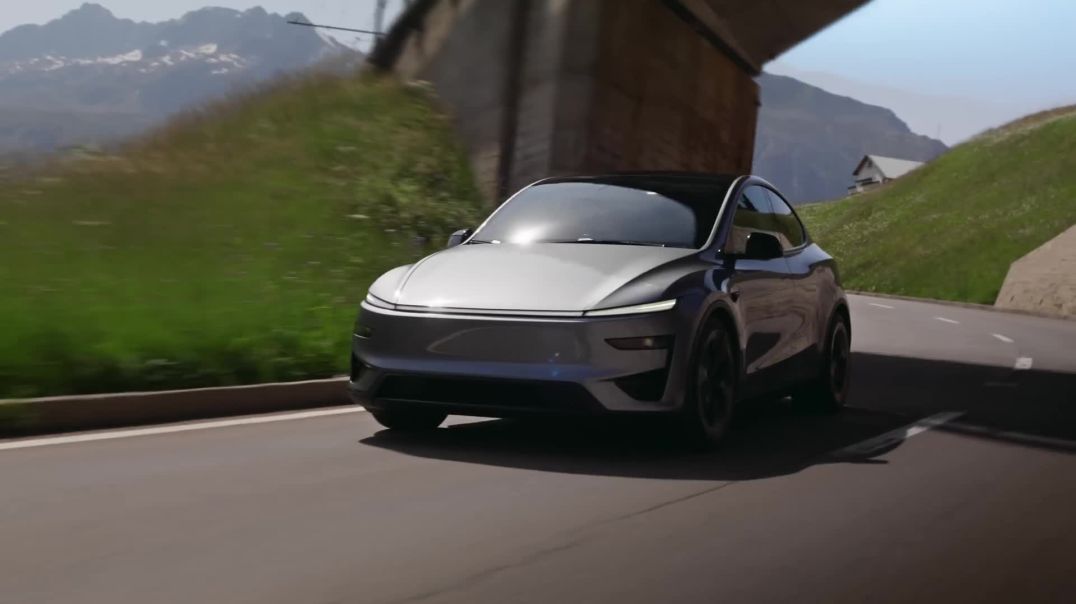


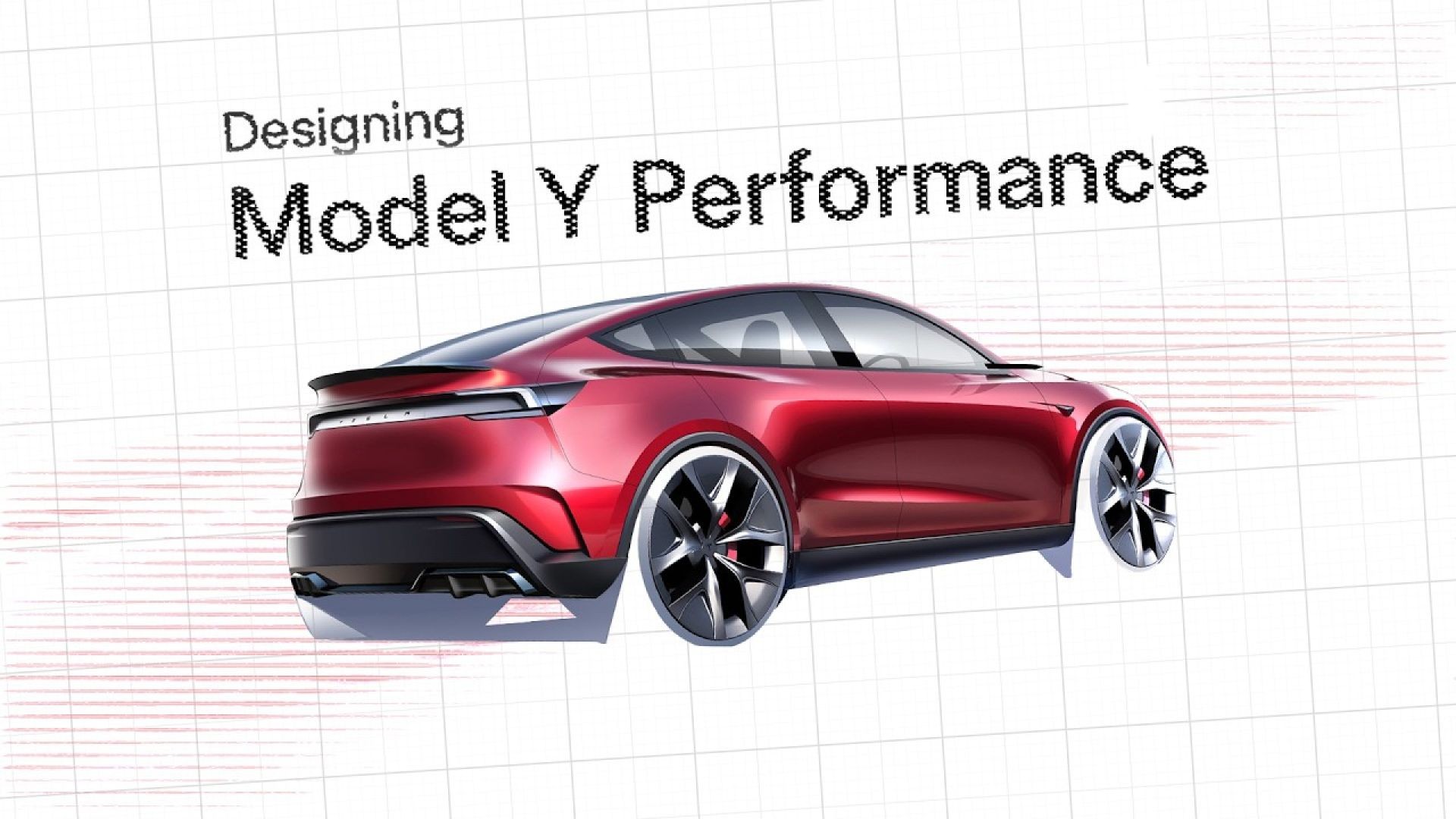

Lavage Spa
7 months ago